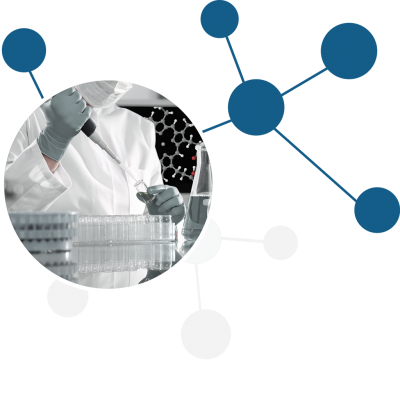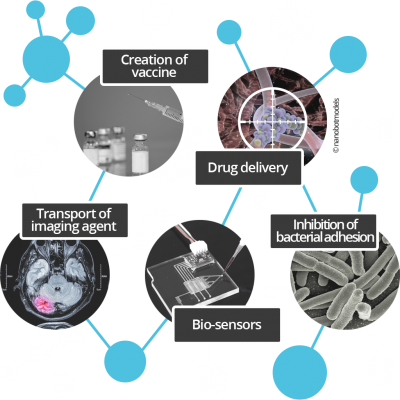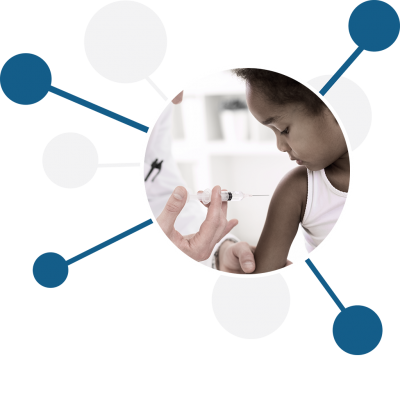New era of nanos
Combining nanotechnology with glycobiology (glyconanotechnology) has triggered an exponential growth of research activities in the design of novel functional bionanomaterials.
More specifically, recent advances towards the tailored and versatile design of glycosylated nanoparticles (glyconanoparticles), considered as synthetic mimetics of natural glycoconjugates, paved the way toward new biomedical applications.

The accessibility of a wide variety of these structured nanosystems, in terms of shapes, sizes, and organized around stable nanoparticles have readily contributed to their development and applications in nanomedicine.
In this context, glycosylated gold-nanoparticles (GNPs), glycosylated quantum dots (QDs), fullerenes, single-wall nanotubes (SWNTs), and self-assembling dendritic glycolipids using amphiphilic glycopolymers or glycodendrimers have received considerable attention to afford powerful imaging, therapeutic, and new diagnostic devices.
Our approach favors the creation of new chemical synthesis protocols and subsequent applications in the field of glycoscience, which will further deepen our understanding of carbohydrate-protein interactions in humans.
Together with synthetic breast cancer vaccines, inhibitors of bacterial adhesions to host tissues including sensitive detection devices, these novel bionanomaterials are finding extensive relevance.
Our nanosolutions' features

Our science team created new families of nano-molecular architectures to which can be added active agents aimed at diagnosing, preventing, and treating several diseases with nanoscale therapeutics. Depending on the desired effect, the nanoparticles are made in different sizes and the active agents are fixed on them or encapsulated. This technology allows to:
- transport and graft antigens to the desired immune cells needed to create efficient vaccines
- deliver drugs with incomparable precision only on affected areas to reduce toxicity and side effects
- transport imaging agents to detect and locate pathologies before complications appear
- provide bio-sensors to monitor patients in intensive care or diagnose diseases by simply taking blood samples
- inhibit the adhesion of bacteria to human tissues
These pure nanoparticles, stable over long periods even at room temperature, are suitable for large scale production.
A vaccine that pays big! The first semi-synthetic vaccine for children
Together with a team of researchers at the University of Havana, the world’s first semi-synthetic vaccine was developed by Canadian scientists to fight against diseases caused by Hib (such as pneumonia or meningitis) in developing countries. Instead of using an expensive and complex process based on the fermentation of bacterial cultures, they synthesized pure molecules to get a completely safe vaccine with fewer side effects and massively produced at low cost. Since 2005, all Cuban babies are given a dose, eradicating Hib diseases in the country. There is evidence that a new generation of vaccines is emerging that could save many lives.
http://research.uottawa.ca/iss/vaccine-pays-big-first-semi-synthetic-vaccine-children

